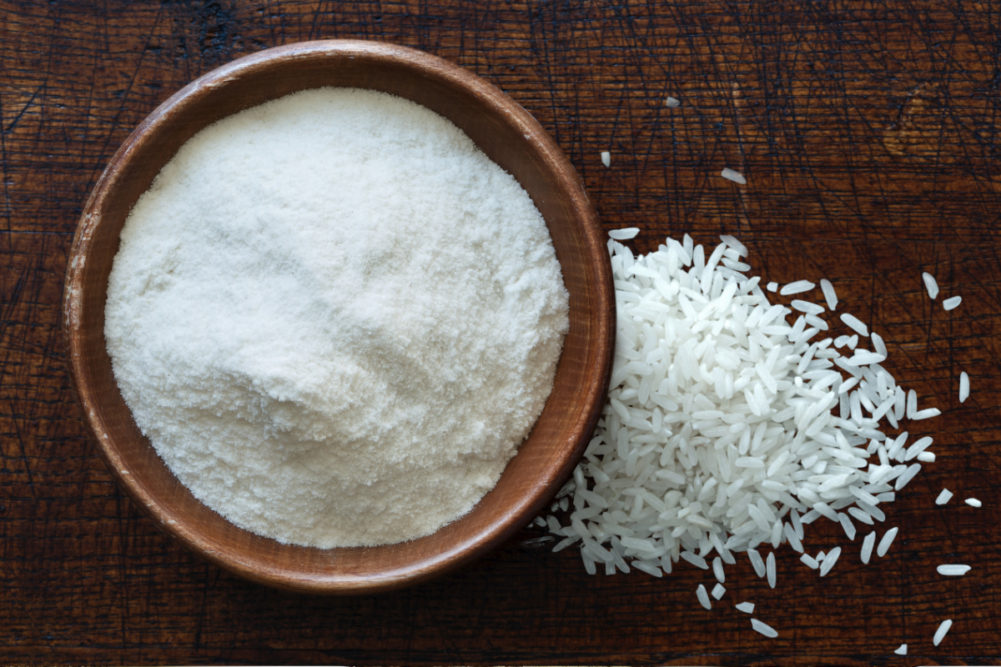HIROSHIMA, JAPAN — Satake Corp. has developed a bread production method using rice flour that is capable of producing an equivalent texture to wheat flour bread without using any of the seven main allergens, such as wheat, mandatory to list, along with 21 others, on food products in Japan.
Bread from rice flour has been studied and developed throughout Japan. Traditionally, however, bread made with rice flour alone has had a lower viscosity than that with wheat flour, therefore, it needed to be mixed with wheat-derived gluten to make the dough rise sufficiently for that wheat bread like texture.
Satake has been working to develop a new method for producing rice flour bread that is as tasty as those based on wheat, in an attempt to contribute to further expanding rice consumption in Japan.
As a substitute for gluten, Satake focused on research on the thickening polysaccharide. After repeated research to ensure its effectiveness and safety, Satake has established a manufacturing method to produce bread that is as expansive as regular wheat flour bread. The production method is currently patent pending.
This unique bread production method uses only rice flour, sugar, salt, oil, yeast, and thickening polysaccharide. Since the bread does not contain any of the 28 ingredients currently mandated or recommended by the Japanese Consumer Affairs Agency to be listed on the food product packaging, consumers with food intolerances, such as wheat allergy, can enjoy eating without worries.
When baking, the dough rises to the same level as wheat flour bread and has a fluffy, light texture. This allows families or even the food and hotel industry to serve the bread without concerns about allergic reactions. Furthermore, the rice flour bread dough is softer than that of wheat flour, and rises in a shorter time, meaning the production time can be shortened by about 50% when compared to that of wheat flour bread — approximately 120 minutes from mixing to finished baking.
Satake plans to provide the method and technology to bread producers to promote rice flour bread for hotel/restaurant meals, school lunches, emergency rations, and a sixth industrialization by utilizing locally grown rice.






